9 Key Considerations For Healthcare App Development in 2022 and Beyond
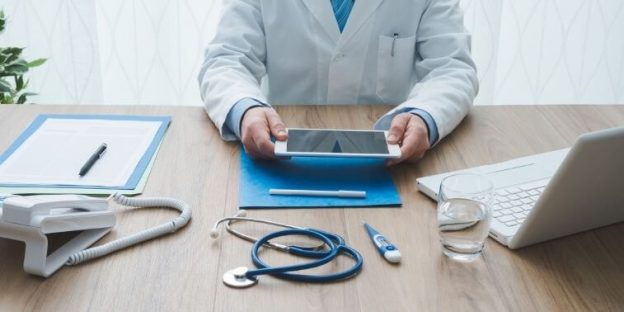
Just like e-commerce shopping or gaming applications, the graph of healthcare application usage in the USA and other countries of the world has drastically escalated. GMC (General Medical Council) stated that, where only 30% of the doctors used healthcare apps in 2011, the same percentage has gone up to 83% now.
Source: Giphy
The mobile app revolution has taken the world by storm and the healthcare industry is no exception. Thanks to mHealth publishers, millions of users today are using free or getting paid subscriptions of such applications, post installing them from Play Store or AppStore in just a few clicks.
Importance Of Healthcare Apps in 2022 and ahead
People nowadays are aware and moreover concerned about their and their family’s health which has given rise to health and fitness apps with unique selling points. Certain healthcare apps even give you an online BMI analysis which is a must before checkups or follow-ups.
Several apps have already proven their worth in 2022 and if you want to know whether the time is best to develop a fitness app? Then the answer is there is no best time other than this to start an online service like this.
The App development process starts with understanding the flow of the application – how it will be used, your target audience, and how it will benefit your clients. App strategizing depends on all these basic questions with which the owner and the app developers should be on the same page.
While developing a customized healthcare application, app developers need to strategize the perfect app workflow looking at the services of the company.
Here are the Top 9 Things App Developers Must Consider Before Developing A Healthcare Mobile App
1. Multiple App Platforms
To pace with the current culture of using multiple gadget types, one needs to build applications that are flexible with various platforms – desktop, smartphone, and tablet. The person using the smartphone might expect instant information and that is too aligned for the smaller screen.
A dynamic healthcare application with interactive features is optimized more for smartphones for patients to use services on the go. Tablet-optimized apps can accommodate additional functionalities than their smartphone counterparts.
While a comprehensive patient engagement solution is highly optimized for larger screens/desktops/tablets, “call a doctor” is more of a smartphone feature.
Whether Android or iOS application development, mobile apps built for smartphones can work well on tablets and vice versa.
2. Interoperability
Synchronization is the key to proper management and people often question how? The health industry believes that it is impossible to maintain synchrony with a centralized management system if working remotely. False.
The app developer needs to consider app interoperability with the clinical management system used by the entire staff while developing healthcare mobility solutions. For this purpose, the software including the instant appointment fixing functionality is based on the cloud promoting real-time information transmission and scalability.
Help and heal women from most of their health issues via a single application and monetize your application to earn profits. Know How You Can Build A Health Tracking App For Women?
3. UI/UX Development
The success of a healthcare application or any other application relies on its User Interface (UI) and User Experience (UX). The app developers need to consider UI/UX as a priority as the app is engaging and used by patients and doctors simultaneously to enter information.
Developers must prioritize easy designs, so that patients are not lost or stuck with booking an appointment, getting consultations or accessing online reports, etc. On the other hand, it should be easy for the doctors to record their patient visits/online sessions instantly.
Most often the patients installing the healthcare apps are looking for remedies for their physical problems or diseases. Considering their state of mind one must ensure that the color, fonts, and text compositions on your application should be subtle – never show a disheartening image of a critical medical situation.
4. API Integration
Application Programming Interface (API) is the set of tools or protocols that interact with certain modules of the software or the entire software.
The very first use case is – as soon as the patient or the doctor enters the login credentials, the authentication is supported by the API request to connect the device with the core server. Moreover, one needs to integrate API components to authenticate the device to use the central patient’s list online. This is the sought-after feature for every health practitioner working in the hospital.
5. Iterative Development
A new project has a lot of scalability scope, but bringing all those together in the first run could be chaotic for the end-users. Agile programming lets developers deliver working code in an iterative method (building, improving, and refining the product as the process demands).
Developing a product in slow progression creates room for more concrete analysis based on which new features could be added benefiting the users and the admin equally. Before developing any commercial sustaining product the app developer must be well-versed with agile methodology for app development.
6. Data Security
In a clinical management system, the app connects and communicates with various API requests and thus seems to be the best choice to save data on the app server. On the contrary, the app servers are built to improve speed but do not guarantee complete data security. Moreover, the information transferred between the device and the remote server is prone to communication by the government, unscrupulous agencies, or individuals.
To resolve the issue developers must encrypt the data they save on their servers. No matter which industry it is, if the app requires information to be saved by the user, it needs to guarantee complete data security. End-to-end encryption is the best bet for healthcare app developers for ultimate data security.
7. Device Security
Arxan (an app protection company) says that Android apps are less secure than iOS apps. Moreover, for the apps in which data security is at utmost priority, most of the IT Consultants suggest dropping the idea of Android App Development. But Android occupies more than 80% of the smartphone market, so one cannot risk leaving such a wide audience spectrum.
Samsung Knox is the company’s best bet that allows remoteness of work and personal activities. This is indeed the step that was awaited considering that most of the organizations nowadays have a “bring your own device” policy executed under their premises. Blueberry has rolled its sleeves to bring the same level of security to its devices.
On the development end, the Android App Developer can suggest certain codes to add that can work in the favor of the beneficiary in making their app safer.
8. Minimum Viable Product (MVP)
Minimum Viable Product (MVP) is an application with basic features and functionalities mostly solving one or two purposes. It has the most simplistic architecture that works in giving the best user experience. But make sure not to invest your entire budget on the MVP as this is the first step and you might want to introduce advanced features and functionality to better assist your app users.
MVP gives your product time to get customer feedback which anyways was not possible during the app development phase. There is no way better than asking your clients what they want from your product and serving them with the same.
Bonus Link: Know How To Determine The Overall Cost of Building and MVP.?
Let Vervelogic guide you through the entire process of MVP development
9. App Testing
No application can go on a commercial stage without quality and functionality checks. However, for a sensitive industry like healthcare, launching the application without testing can be disastrous as it possesses confidential information on the medical history of the patients.
The healthcare app needs to be tested for the following parameters:
-> Data security – PII, PHII, and HIPAA compliances.
-> For geo-location-based fitness app development – check for the preciseness of the location tracker.
-> For a real-life check, try running the application in the poorest app connectivity.
-> Functional testing of the application
-> Performance tracking – test the application for its loading speed and other performance benchmarks.
-> Platform Flexibility – Test the performance of the application on various platforms – Android, iOS, Windows, and browsers (depending on the platforms it is targeted for).
What is most important?
Ultimately the user’s dependency and the performance of the application decide the fortune of the application. One must make sure that the healthcare application is made to survive in the market, is user-friendly, and solves various challenges of the people. The healthcare application is constantly assessed for its quality and performance by the end-user as well. The app needs to be well-maintained and up to date if success is the ultimate aim.

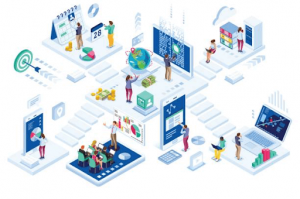
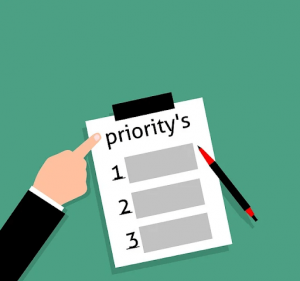
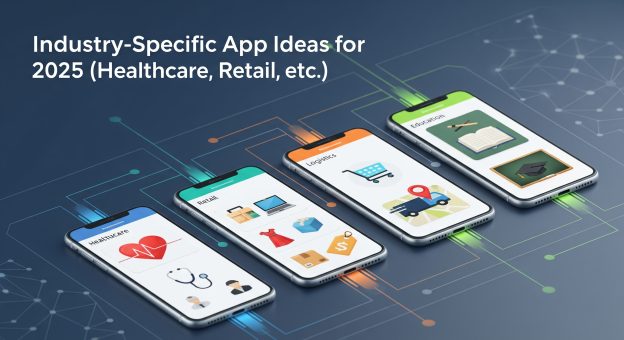
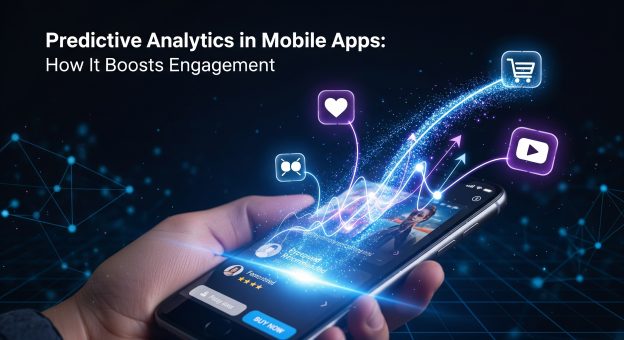
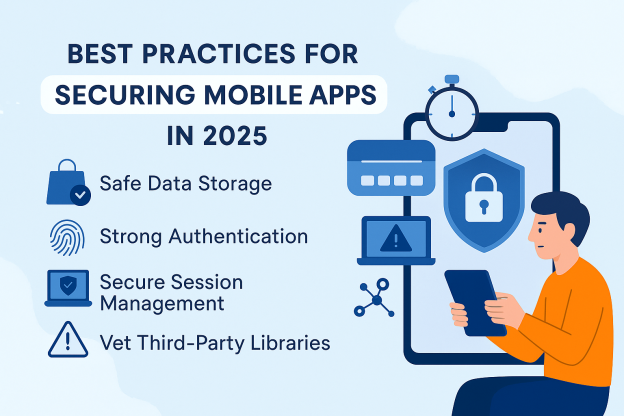
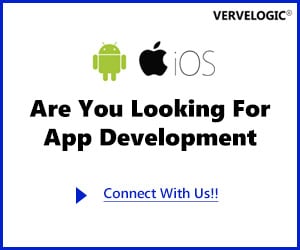

This is a very useful blog and contains good points of consideration.